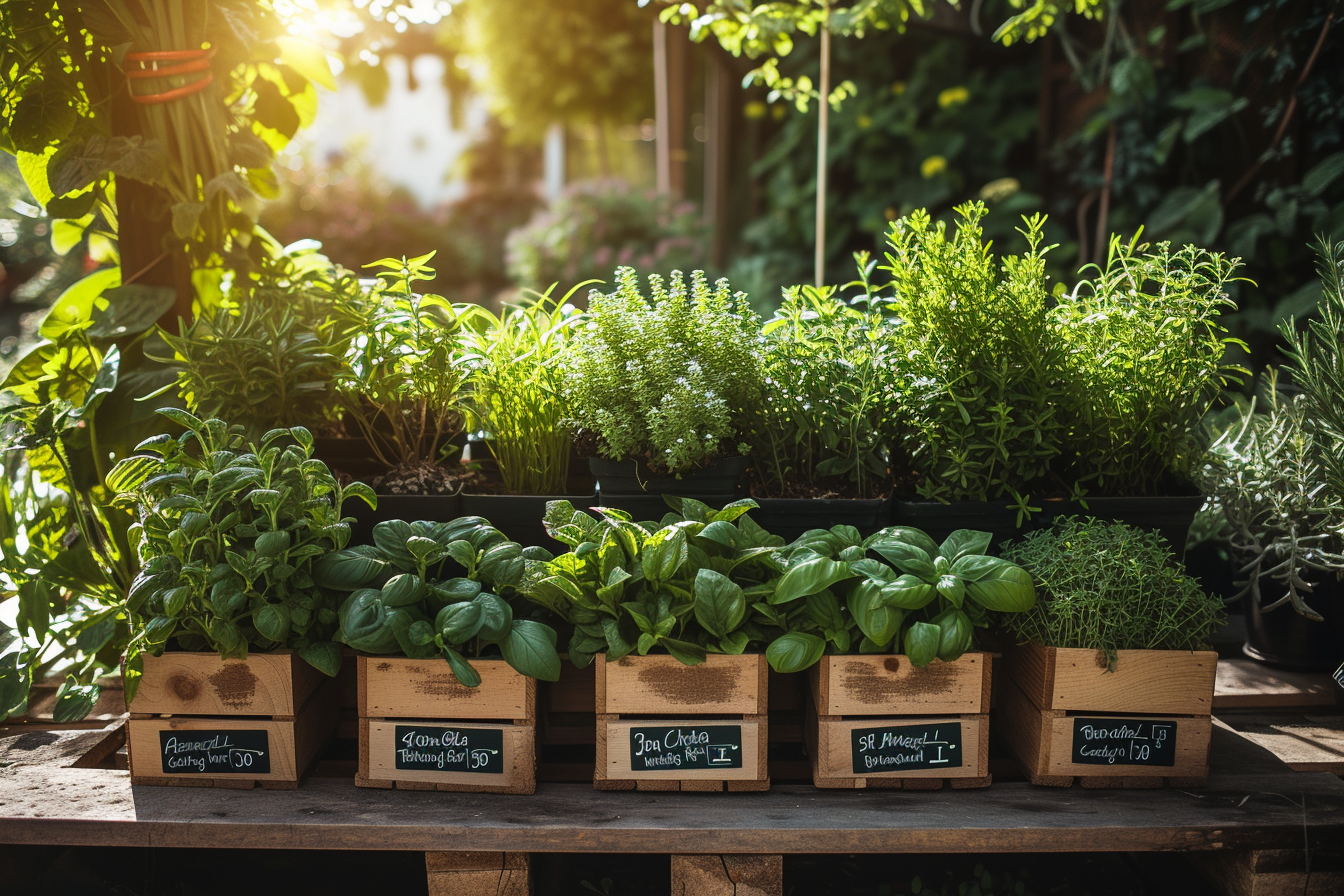Gardening can be a deeply rewarding hobby, particularly when it involves growing your own medicinal herbs. These plants not only add beauty and diversity to your garden but also come with a treasure trove of health benefits. By cultivating a medicinal herb garden, beginners can embark on a journey towards sustainability and natural wellness. Whether you’re looking to ease headaches, soothe burns, or simply enjoy the flavors and aromas of fresh herbs, this article will walk you through the essential steps to create your very own healing sanctuary.
Choosing the right location
The foundation of a successful medicinal herb garden lies in selecting the optimal spot. Herbs generally require at least six hours of sunlight per day to thrive. Find an area in your yard that receives ample light and has good soil drainage. If space is a constraint or you’re urban-bound, consider growing herbs in containers on a balcony or windowsill that catches the sun.
Understanding your climate zone
Tailoring your herb selection to your local climate is vital. Some herbs are perennial in certain zones, meaning they’ll come back each year, whereas in other zones, they may be treated as annuals. Check the USDA Plant Hardiness Zone Map or consult your local gardening center to determine which herbs will flourish in your area.
Soil preparation
Herbs prefer well-drained soil with a neutral to slightly alkaline pH. To prepare your garden bed:
- Remove any weeds or debris and break up the soil.
- Incorporate organic matter such as compost to nourish the soil.
- Ensure good drainage; if your soil is clay-heavy, consider raising your beds or adding sand or perlite to the mix.
For container gardening:
- Choose pots with drainage holes.
- Use a high-quality potting mix tailored for herbs or vegetables.
Testing soil ph
While most herbs are forgiving, they may not thrive if the soil pH is too extreme. Home testing kits are available, allowing you to amend the soil accordingly. Limestone can raise the pH, while sulfur can lower it.
Selecting your herbs
Research is the key to selecting herbs that suit your needs. Opt for a mix of culinary and medicinal herbs. Some popular medicinal herbs for beginners include:
- Mint for its digestive properties.
- Chamomile known for its calming effects.
- Lavender for stress relief and as an antiseptic.
- Lemon Balm which can alleviate insomnia and anxiety.
- Echinacea renowned for boosting the immune system.
- Calendula useful for skin treatments.
Explore local nurseries or seek out heirloom and organic seeds from reputable suppliers. Understanding the properties of each herb will help you make informed decisions about what to grow, depending on your wellness goals.
Planting and spacing
When it’s time to plant:
- Follow the instructions on seed packets or nursery recommendations for spacing. Crowded plants can lead to poor growth and increase the risk of disease.
- Plant after the last frost date if you’re in a cooler climate, or in the cooler months if you are in a hot climate.
For transplants:
- Ease them into the new environment by acclimating them outdoors for a few days.
- Plant at the same depth they were growing in their containers.
Watering and feeding your herbs
Watering practices
Herbs do not like to sit in wet soil, so it’s vital to water them deeply but infrequently. This encourages roots to grow deep and strong:
- Water in the morning to allow foliage to dry.
- Use mulch to retain moisture and regulate soil temperature.
Feeding your herbs
Moderation is key with fertilizers. Over-fertilizing can lead to lush foliage with diminished flavor or healing properties:
- Use a balanced, organic fertilizer sparingly.
- Monitor your plants and soil to determine feeding frequency.
Pruning and maintenance
Encouraging growth through pruning
Regularly harvesting your herbs can promote bushier growth and prevent them from going to seed too early. Here’s how to prune effectively:
- Snip off the top leaves right above a pair of growing leaves.
- Never take more than one-third of the plant at a time to avoid stressing it.
Dealing with pests and diseases
Pesticides can be detrimental to both the health properties of your herbs and the environment. Opt for natural pest control methods:
- Encourage beneficial insects like ladybugs.
- Remove affected plant parts immediately to prevent the spread of disease.
- Use organic pest repellents when necessary.
Harvesting for potency
Harvesting herbs at the right time ensures maximum potency. Generally, the best time is:
- In the morning after the dew has evaporated but before the sun is too hot.
- Just before the plant flowers, when the oils and flavors are most concentrated.
Learning to dry or process herbs for storage is a valuable skill that will allow you to enjoy your herbs year-round.
Expanding your garden knowledge
As you tend to your medicinal herb garden, consider keeping a garden journal. Document what works and what doesn’t and make it a learning process. Research each herb’s specific requirements and benefits, and experiment with different plant companionships to repel pests and enhance growth. Engaging with community gardening groups or forums can also provide support and facilitate knowledge exchange.
The creation of a medicinal herb garden is a step towards a life filled with natural remedies and an understanding of the synergies between health and horticulture. With patient nurturing and continuous learning, your herb garden will become not just a source of healing but a place of profound joy and discovery.

Leave a Reply